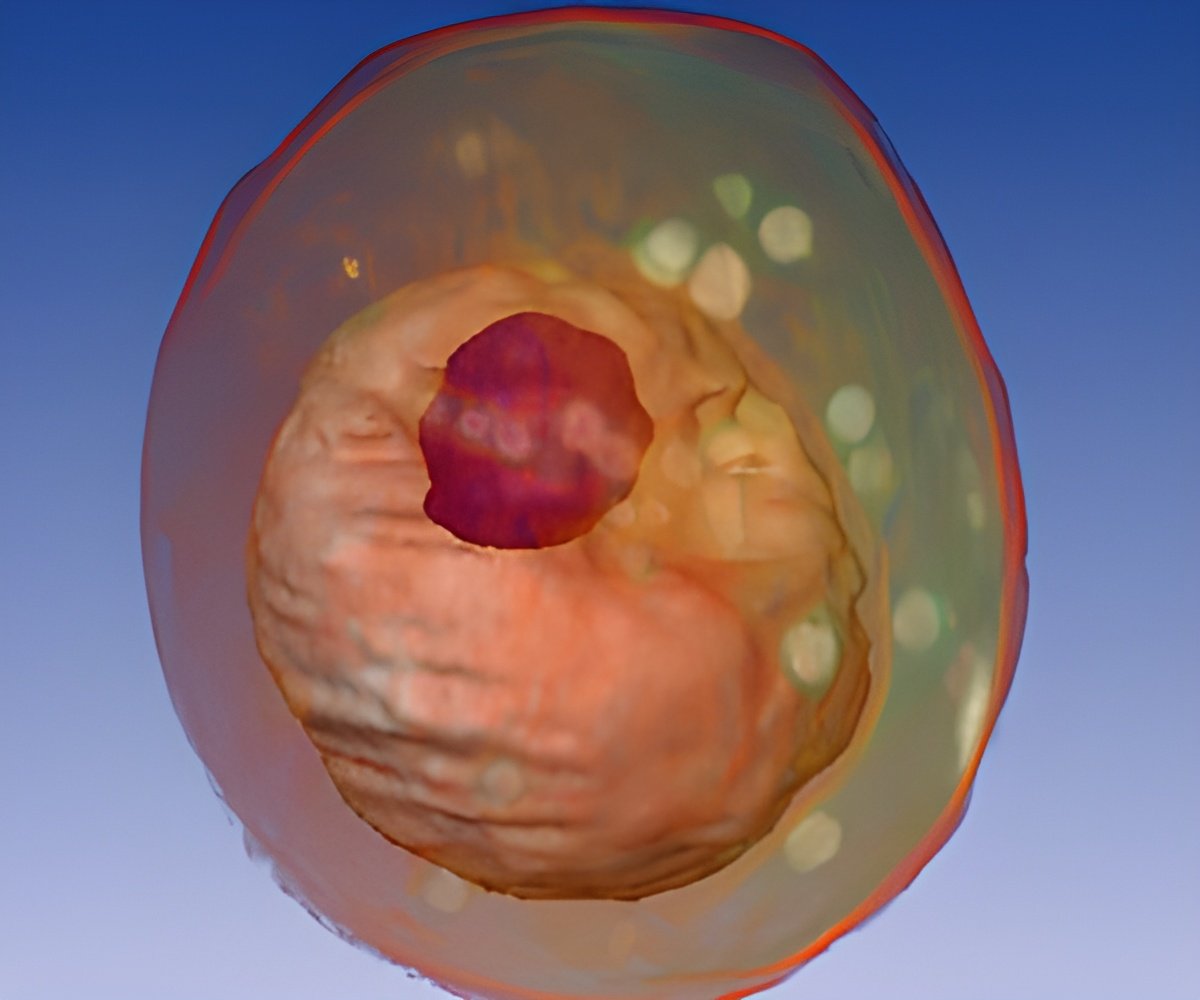Recently published papers change belief that the cells are the perfect microscopic size because if they were any bigger it would be difficult to get enough nutrients and energy to support them.

At the ASCB/IFCB meeting in Philadelphia, Feric and Brangwynne will take the gravity story one step further on December 8, describing how giant Xenopus egg cells manage to support thousands of membrane-less compartments inside the nucleus. Most cellular compartments are surrounded by membranes, but some aren't. They're like beer without a bottle or sheep without a fence. There's nothing to really support them or keep them separate. They don't seem to be affected by gravity either; otherwise, they would eventually all pool together at the bottom of the nucleus. But yet they don't.
One type of these membrane-less compartments are the nuclear bodies. They are liquid-like drops, made up of RNA and proteins. Inside the nucleus, they act like droplets of vinegar in oil, that is, whenever they get close together, they fuse and sink. And yet unlike the vinegar in salad dressing, all the little nuclear bodies in the nucleus don't clump into one big pool at the bottom. Feric and Brangwynne previously found that an actin mesh was preventing the nuclear bodies from clumping by keeping them small. But how strong was the mesh?
Feric and Brangwynne wanted to measure gravity's pull on nuclear bodies and against the actin mesh that contained them. They injected a tiny magnetic bead into the nucleus and turned on a magnet to add a known force. They found that the actin mesh in the nucleus is softer than jello, but like jello, with some prodding it returns to its original shape. Actin continues to hold up the nuclear bodies against gravity like pieces of fruit in a jello mold, but under rising force, the nuclear jello undergoes sheer thickening, a non-Newtonian property where a liquid becomes more viscous, a property that probably protects the nucleus. At a high enough force though, the actin mesh breaks and can no longer hold up the nuclear bodies.
This suggests that actin's mechanical properties are finely tuned to resist the force of gravity but also allow flexibility and rigidity of the cell nucleus to support life.
Advertisement









